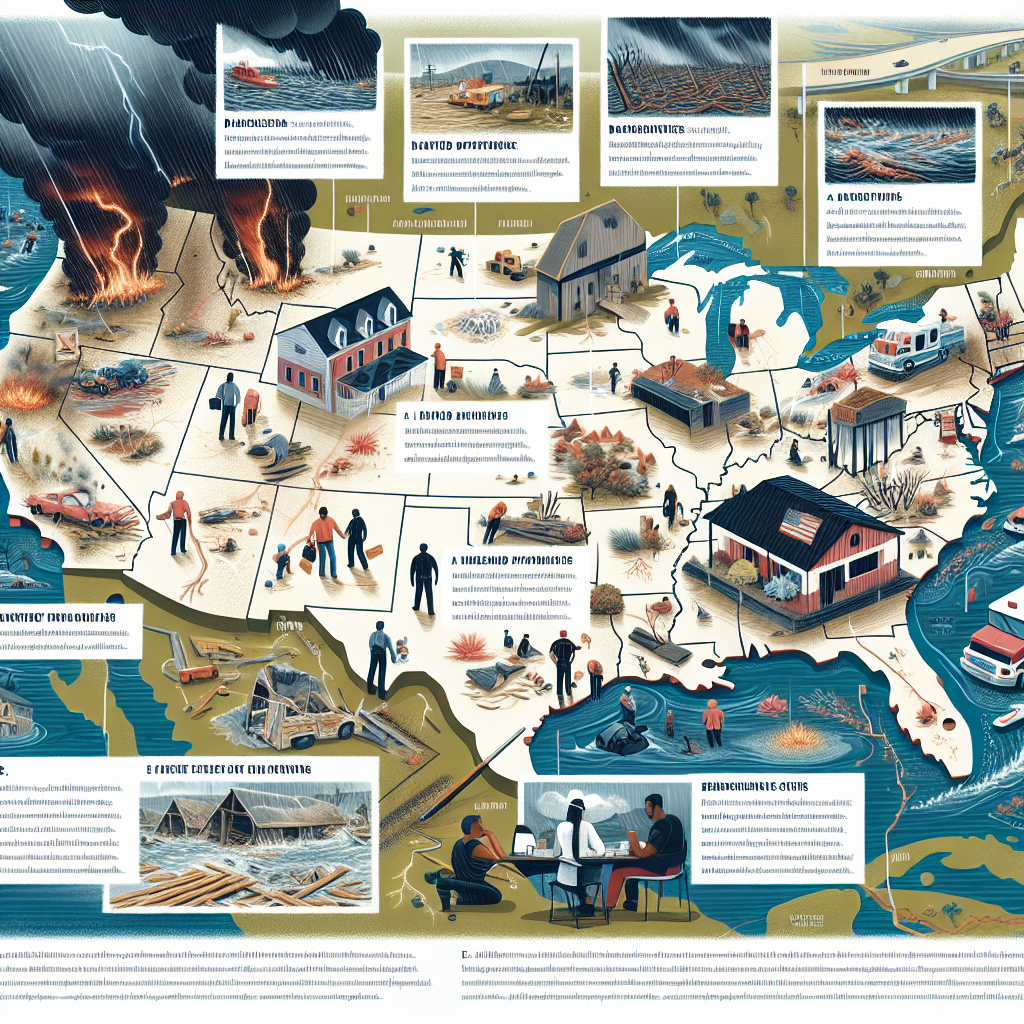Understanding the Impact of Severe Storms and Flash Flooding Across the US
Understanding the Impact of Severe Storms and Flash Flooding Across the US
Overview of Recent Weather Events
Severe storms and flash flooding have increasingly affected various regions across the United States, causing significant disruptions and damage. These weather events are becoming more frequent and intense, raising concerns about their long-term impact on communities and infrastructure.
Key Impacts of Severe Storms
- Infrastructure Damage: Roads, bridges, and buildings have suffered extensive damage, leading to costly repairs and prolonged recovery efforts.
- Economic Disruption: Businesses face interruptions, and agricultural sectors experience crop losses, affecting local and national economies.
- Public Safety Concerns: Increased risks of injury and fatalities due to hazardous conditions and emergency response challenges.
Flash Flooding: A Growing Threat
Flash flooding, characterized by rapid water accumulation, poses a significant threat to both urban and rural areas. The sudden nature of these floods often leaves little time for preparation or evacuation, exacerbating their impact.
Contributing Factors
- Climate Change: Rising global temperatures contribute to more intense and frequent storms.
- Urbanization: Increased development reduces natural water absorption, leading to higher flood risks.
- Infrastructure Limitations: Aging infrastructure struggles to cope with the demands of severe weather events.
Mitigation and Adaptation Strategies
Efforts to mitigate the impact of severe storms and flash flooding include:
- Improved Forecasting: Enhancing weather prediction models to provide earlier warnings.
- Infrastructure Upgrades: Investing in resilient infrastructure to withstand extreme weather conditions.
- Community Preparedness: Educating the public on emergency response and evacuation plans.
Conclusion
The increasing frequency and severity of storms and flash flooding across the US highlight the urgent need for comprehensive strategies to mitigate their impact. By understanding the contributing factors and implementing effective adaptation measures, communities can better prepare for and respond to these challenging weather events.








































